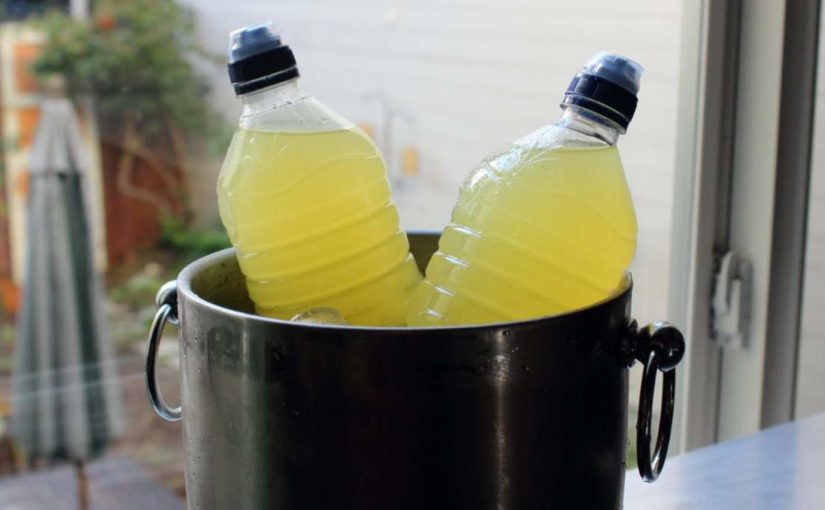The Rate of Perceived Exertion (RPE) or the Borg Rating of Perceived Exertion is a way of measuring physical activity intensity level. In medicine, this is used to document the patient’s exertion during a test, and sports coaches use the scale to assess the intensity of training and competition.
Category Archives: Training and Nutrition
How to Sprint – tips, and tricks
Winning races usually requires sprinting ability. If you’re racing a bike, as an amateur or professional, becoming a better sprinter can be the difference between 1st place or the 20th. So it’s crucial to learn how to sprint. You can say “I am not a racer, why to work on my sprint?” Because sprinting is …
Top 10 Tips for Riding in the Rain
If you’re planning to be in a good condition in early spring, you may consider continuing training during the cold, wet days of the winter. It is a key to success. Here are the top 10 tips and tricks for riding in the rain safely.
Top 10 tips to climb better and faster
Top 10 tips to climb better and faster: Climbing is not fun, for most of the cyclists. It is slow, painful and sometimes you feel beaten up, especially you’re out of form and overweight. To make things worse, climbing ability is the key to win most of the races. But you can climb better following …
How to prepare homemade isotonic sports drink
You can easily prepare your own isotonic drink at home. All you need is some green tea (or herbal tea, or fruit juice), some sugar, salt, and if your exercise will continue for more than two hours, maltodextrin. Here are two different homemade isotonic sports drink recipes.





